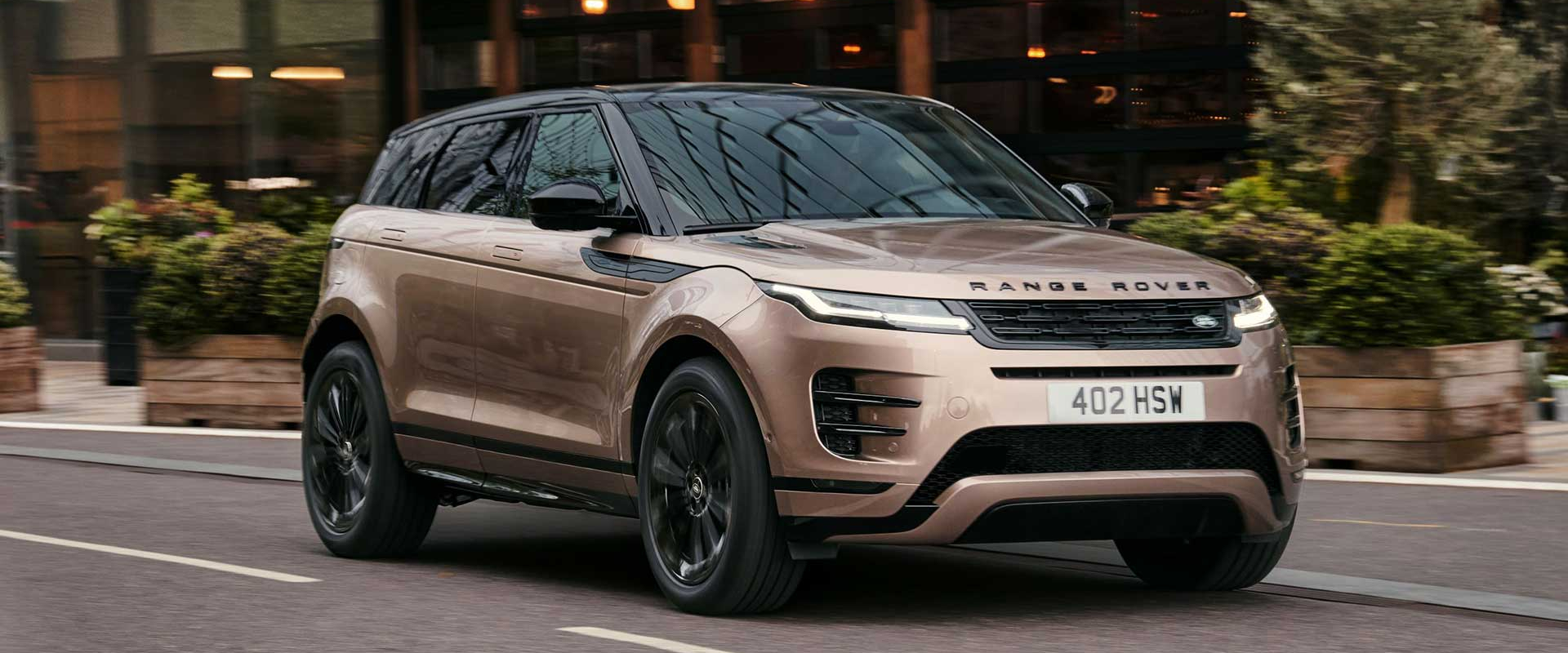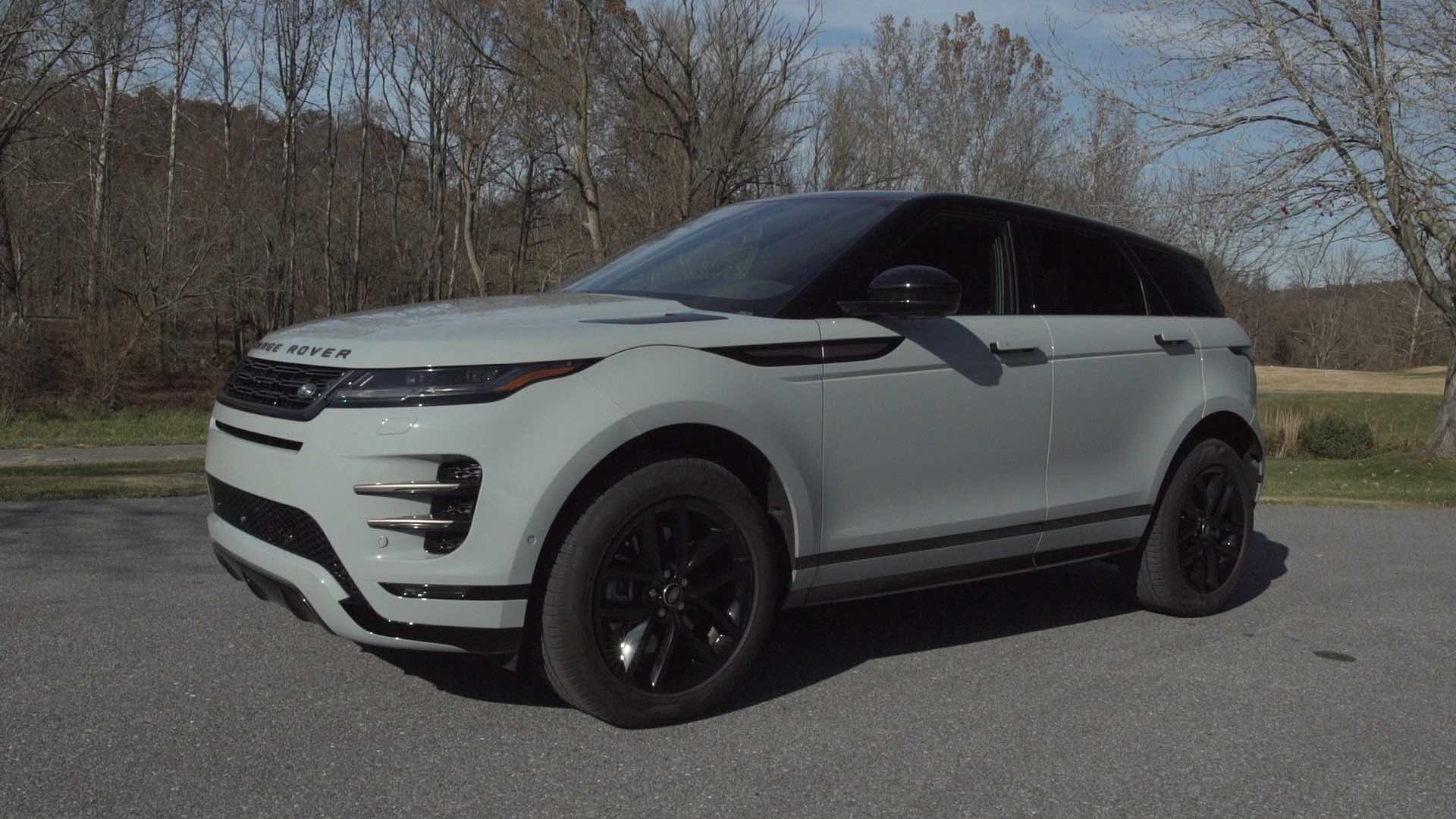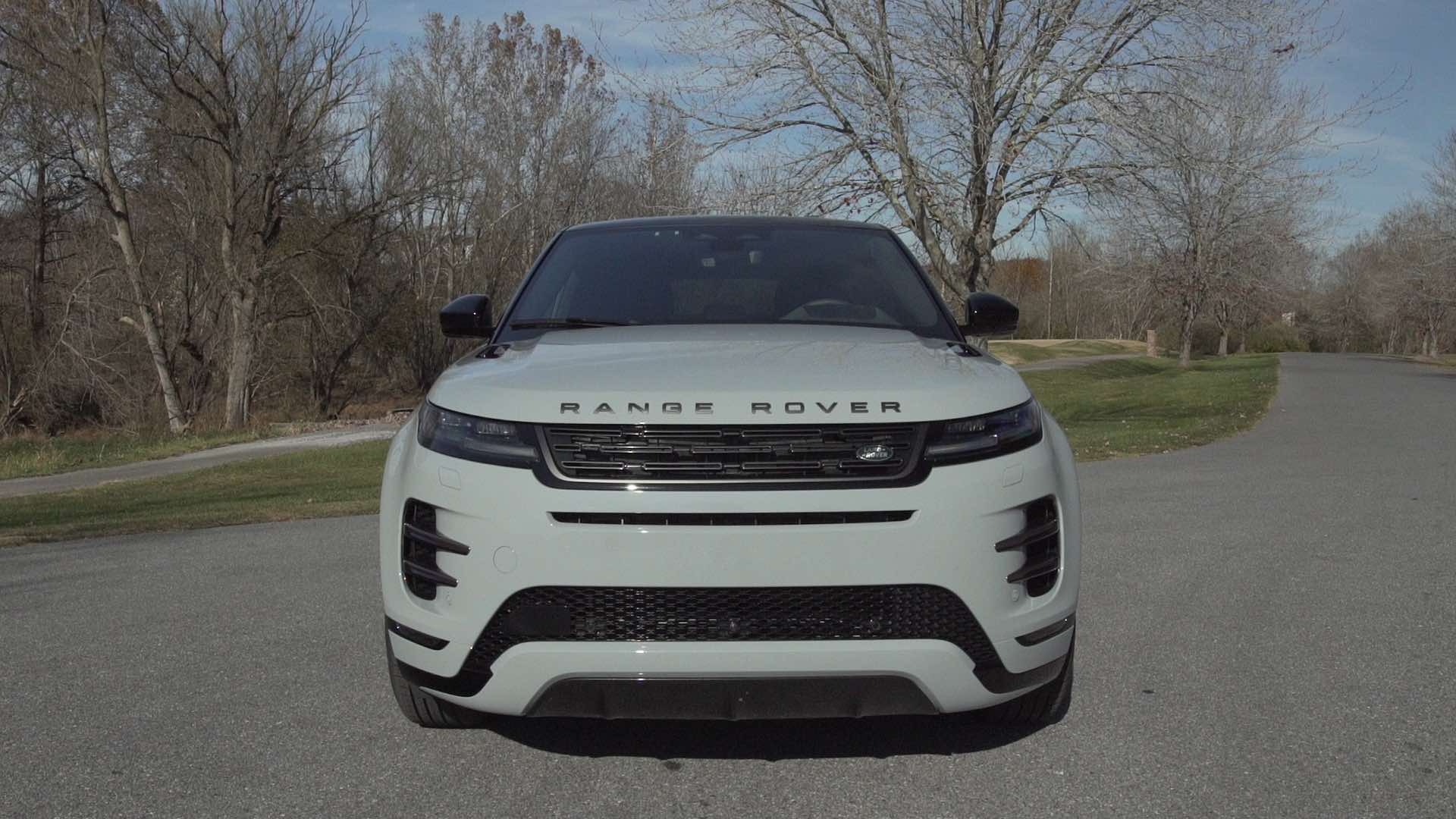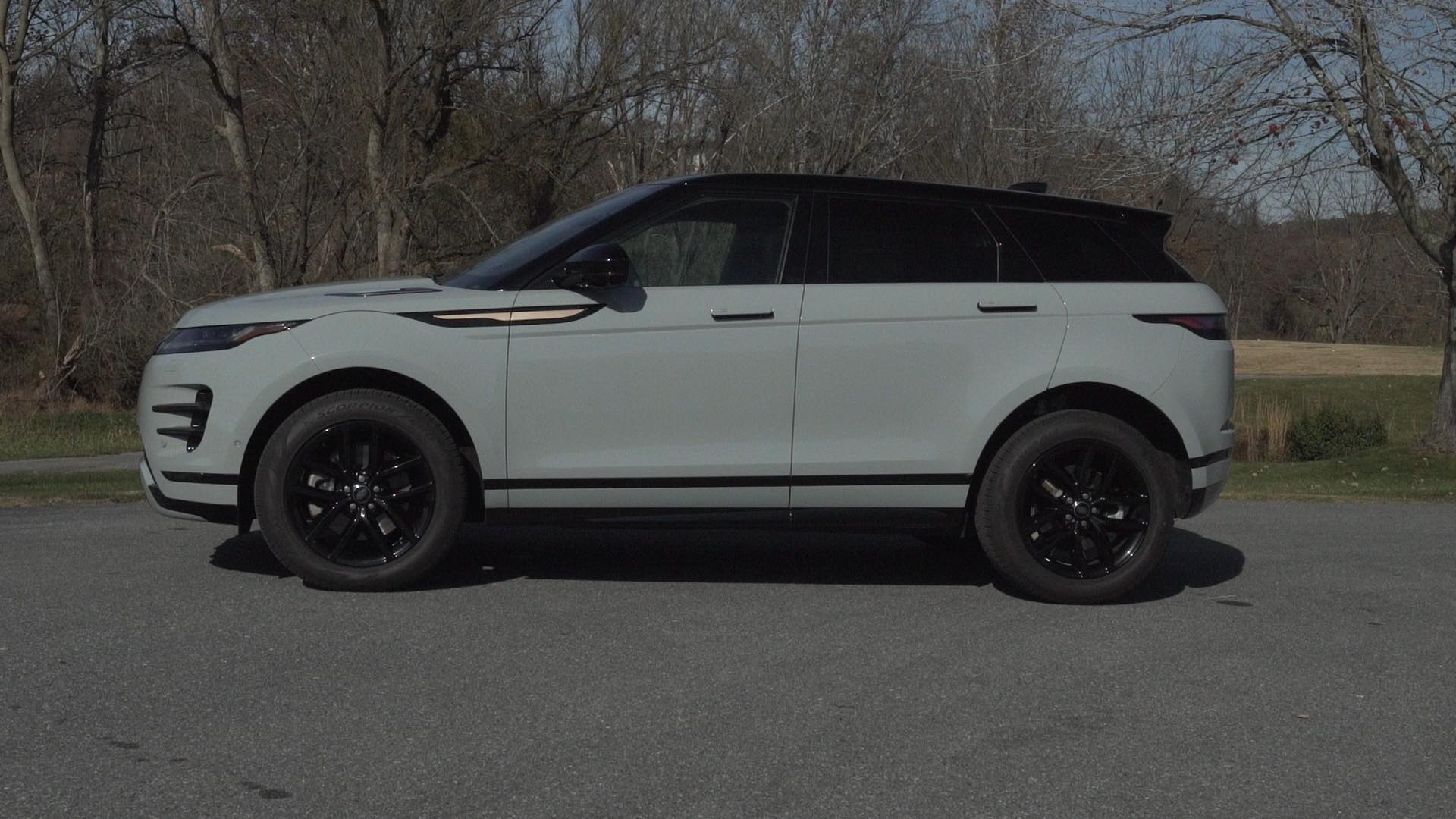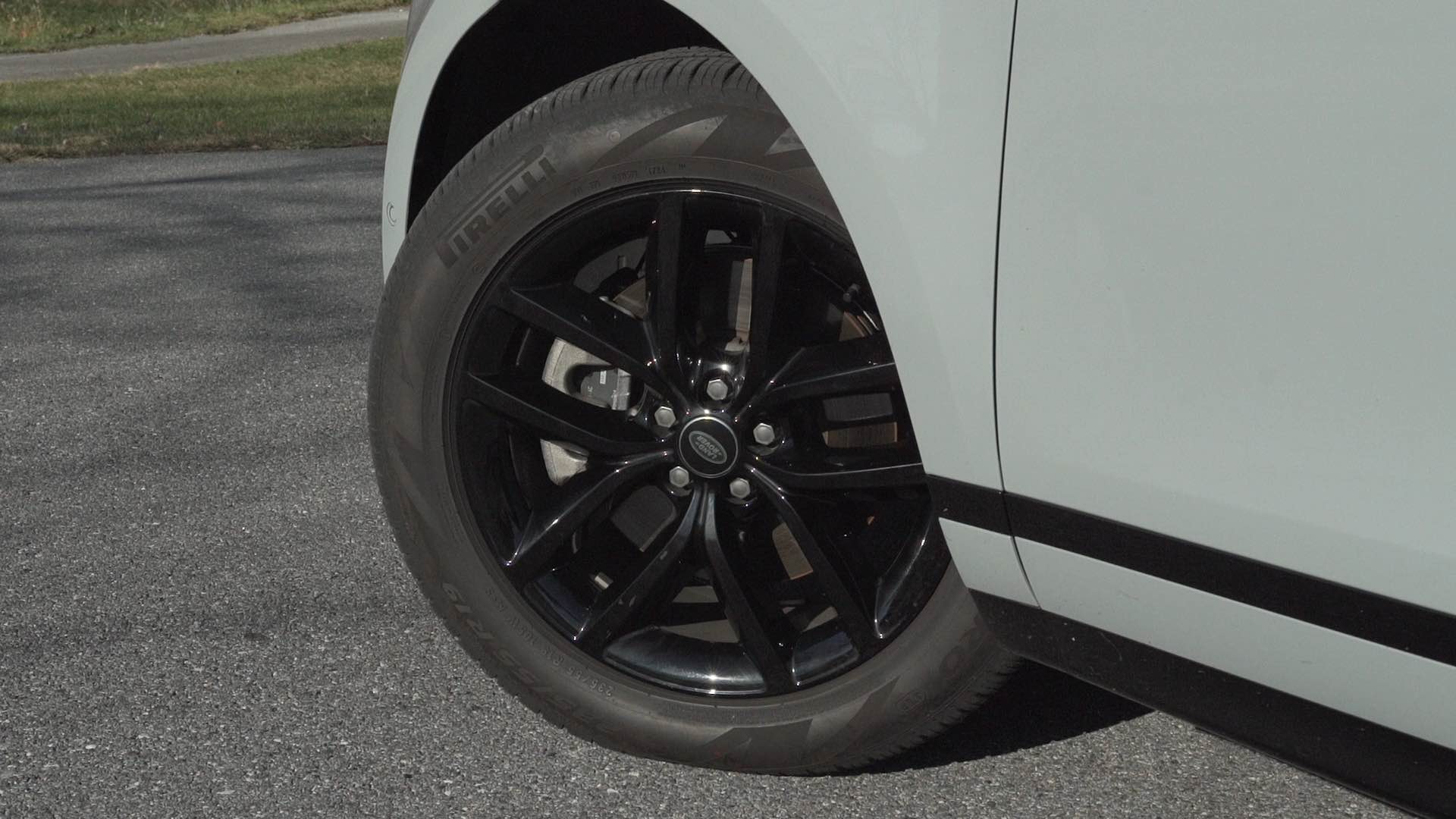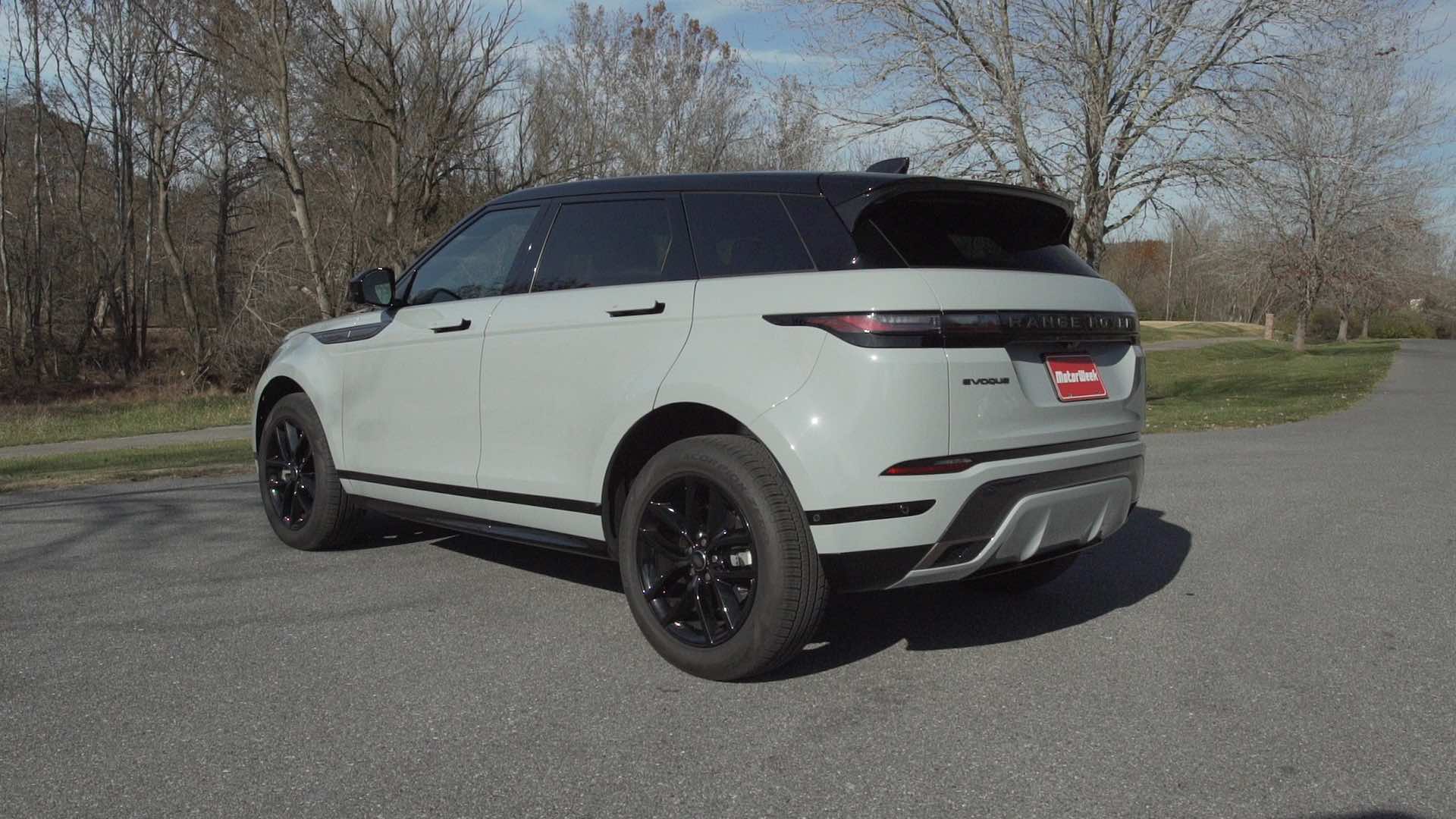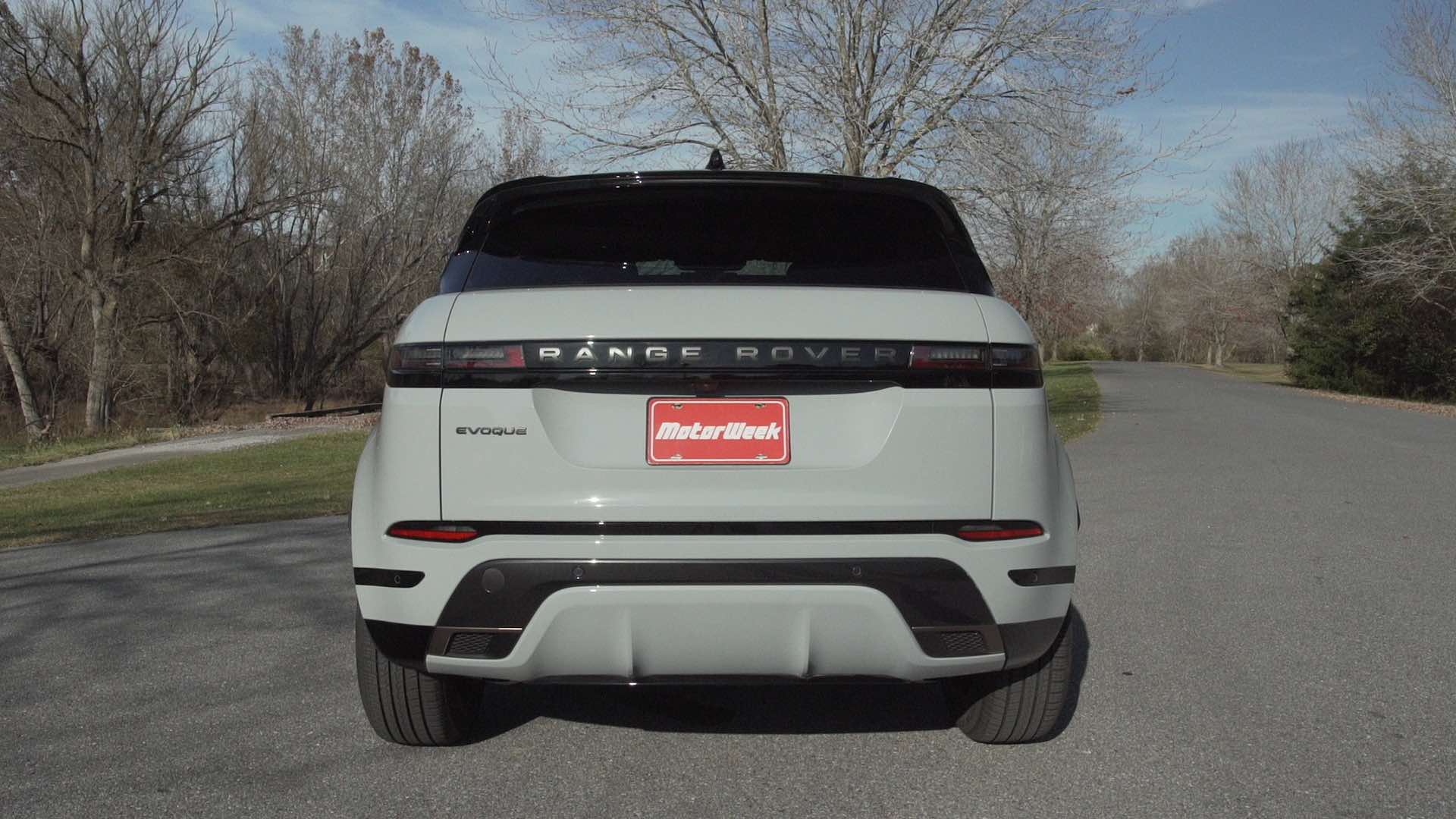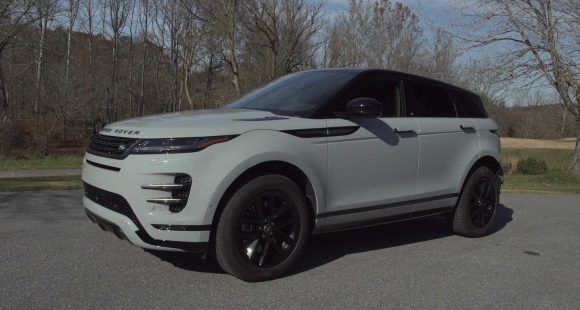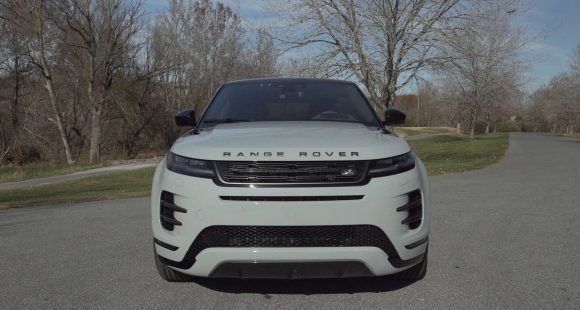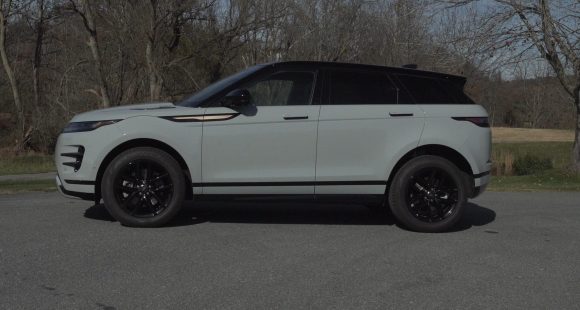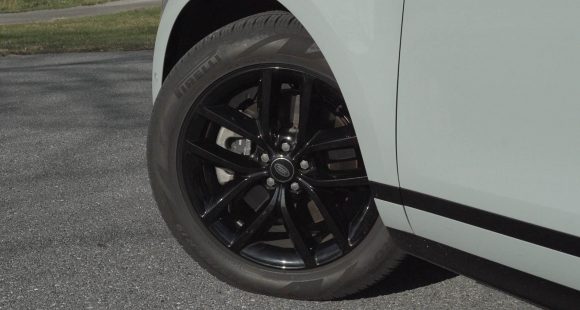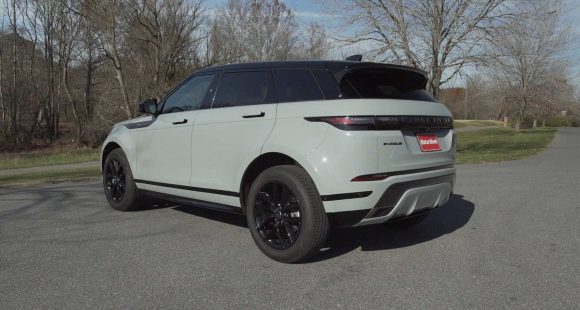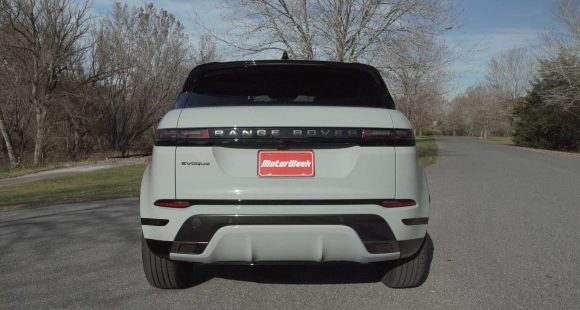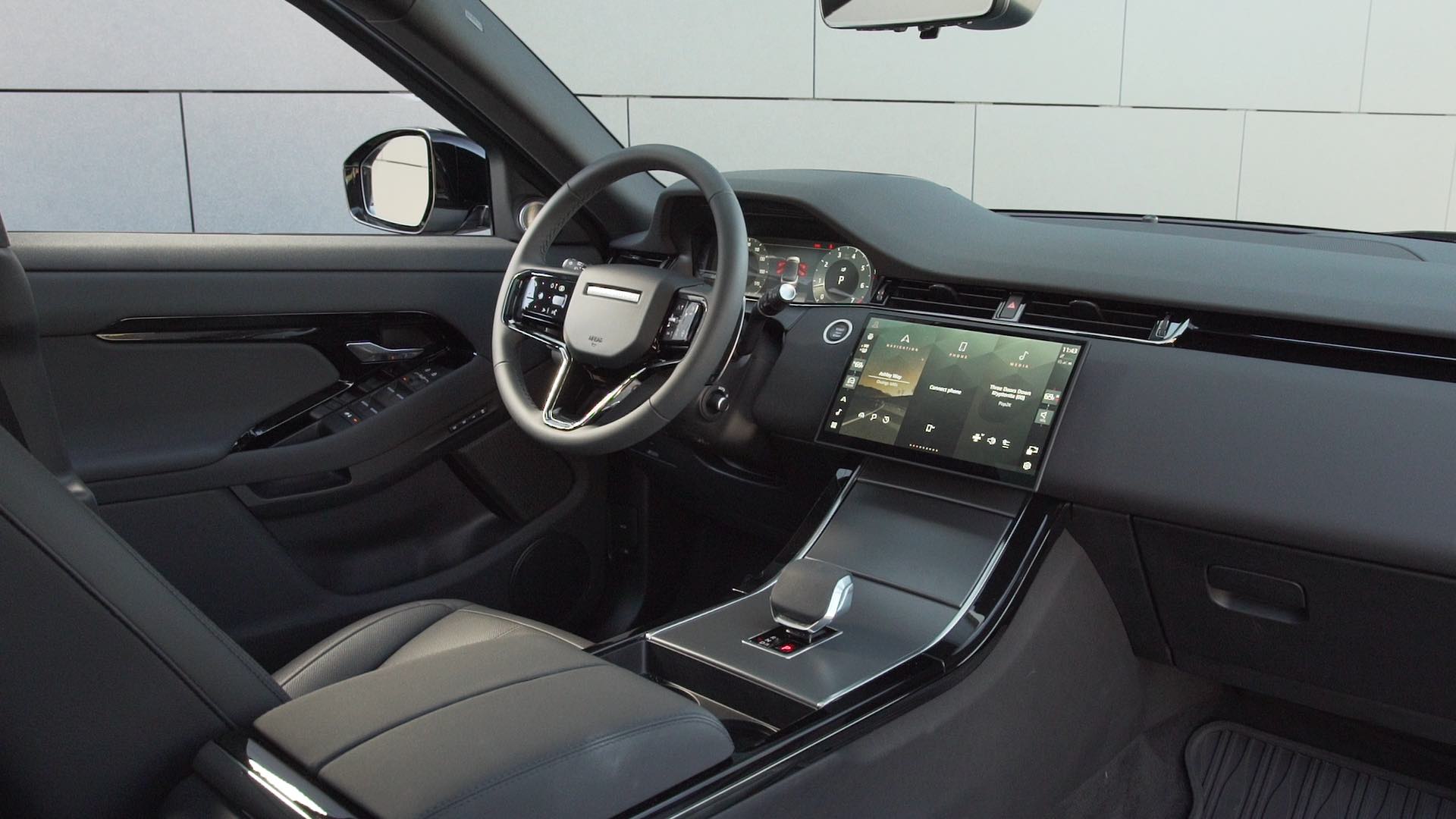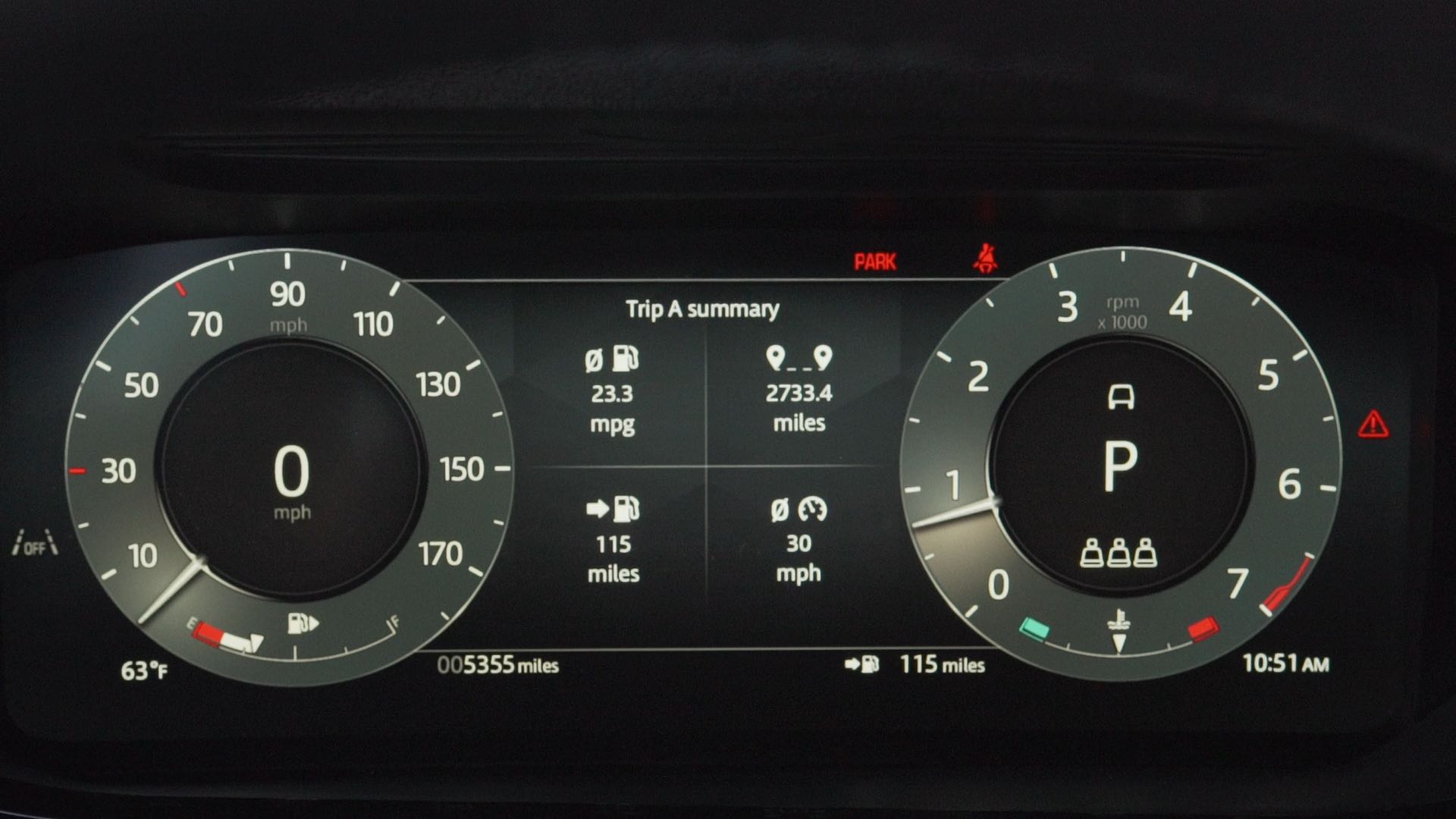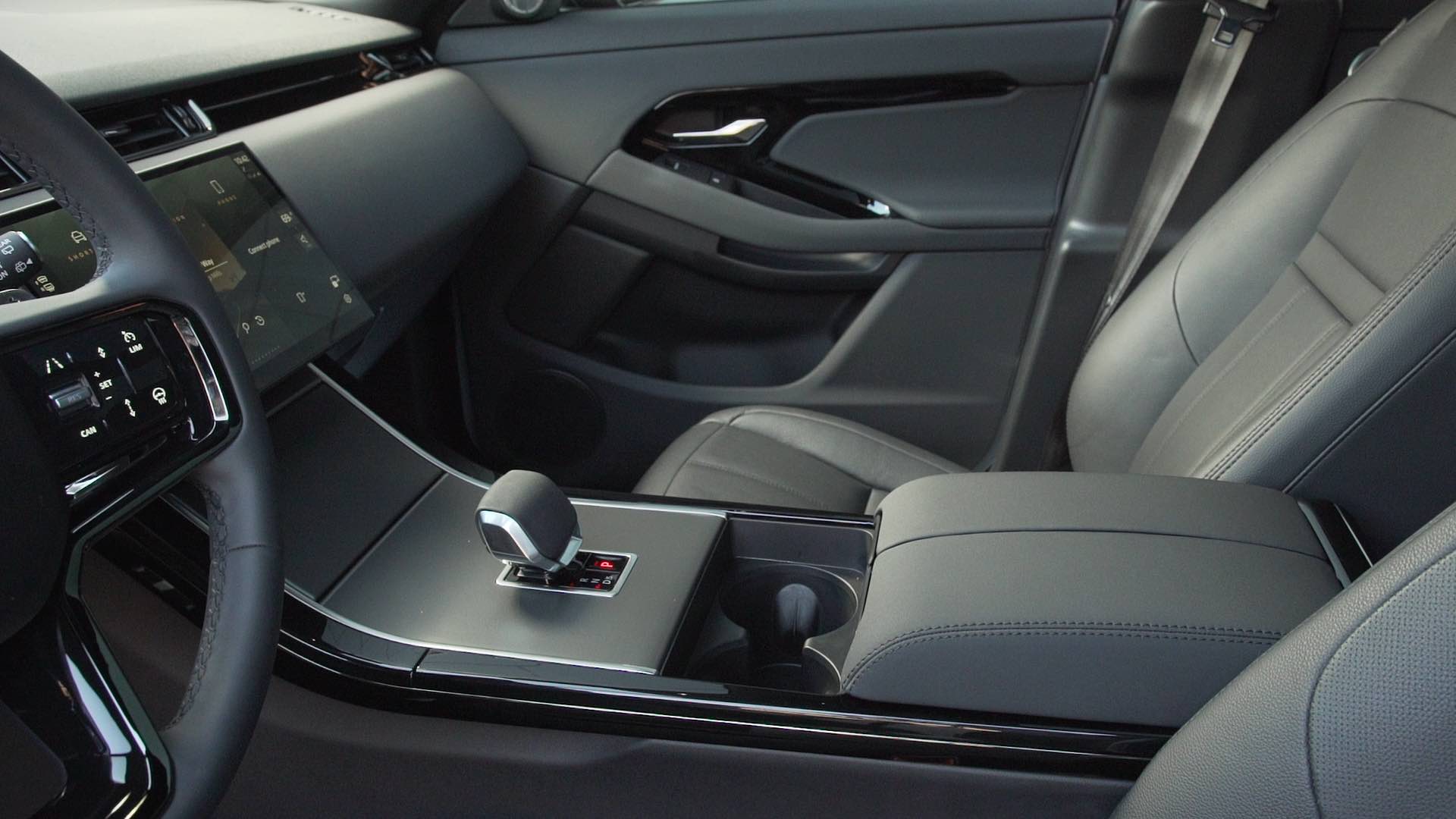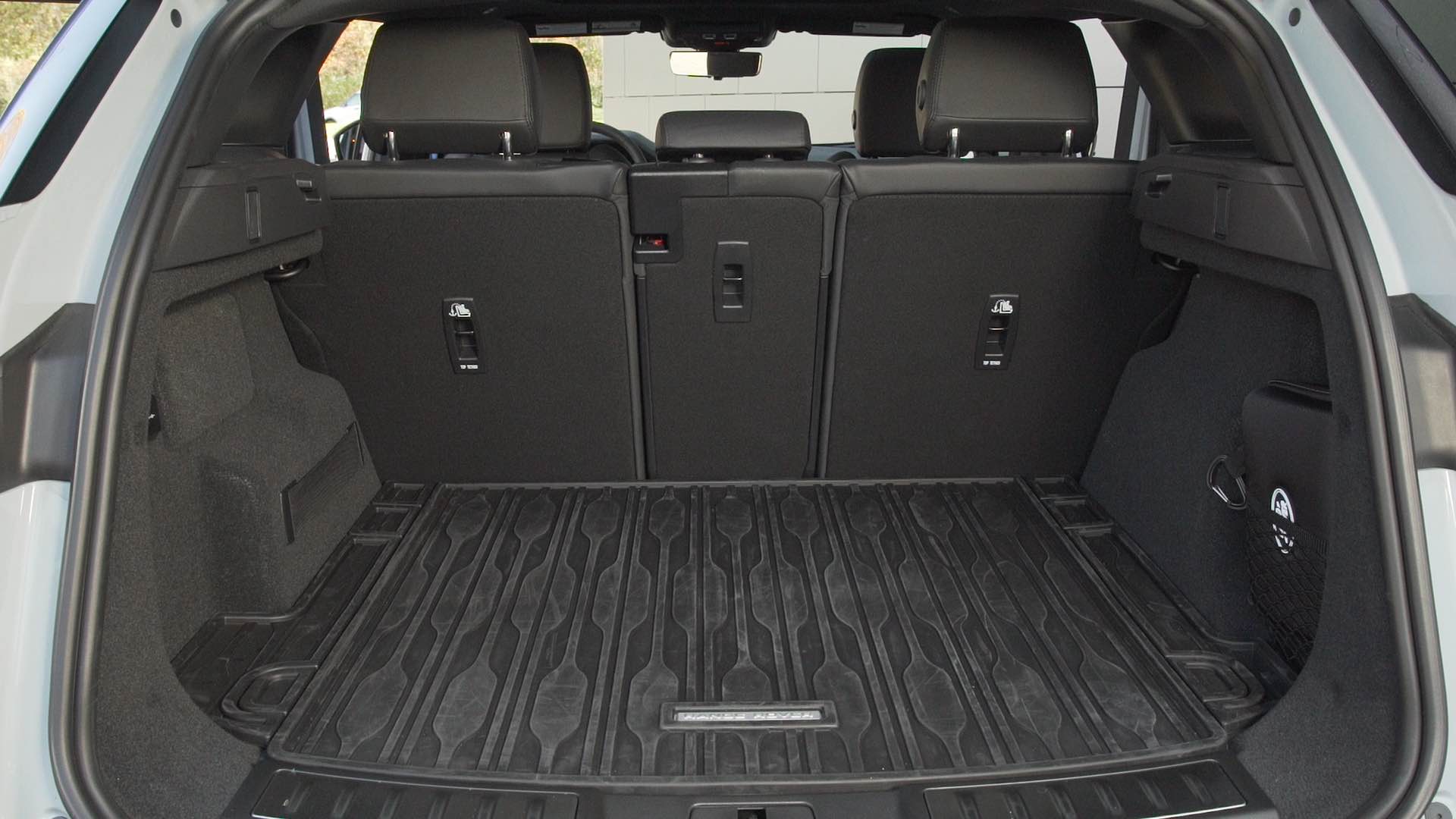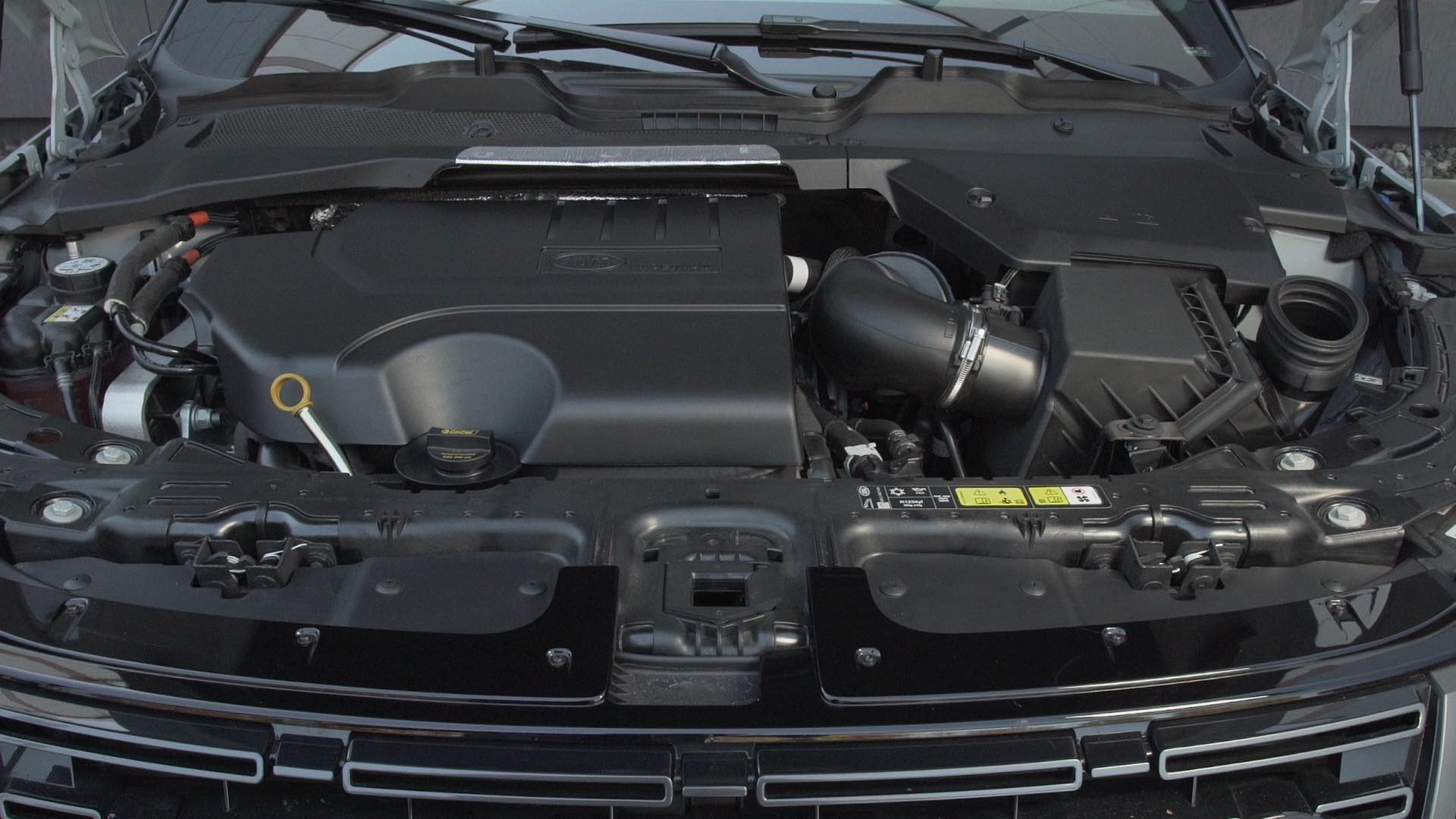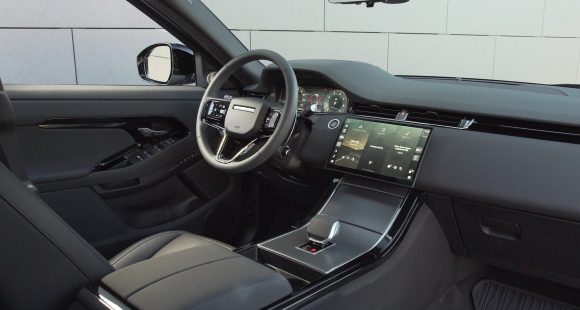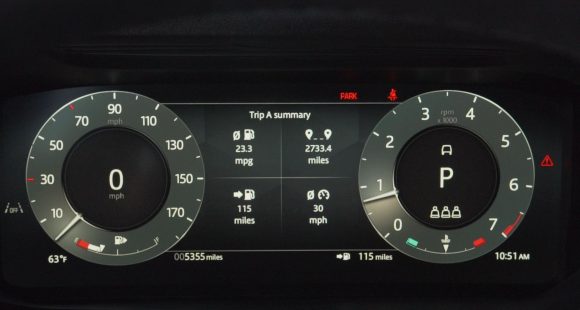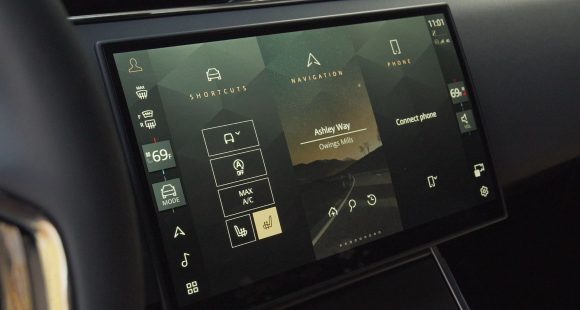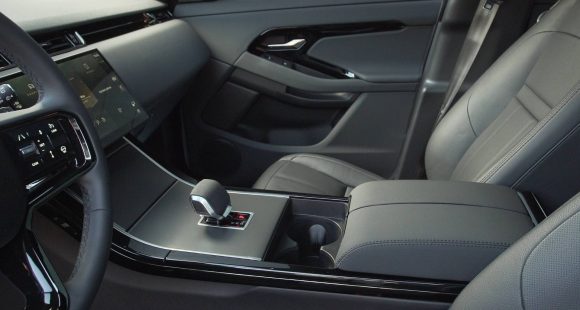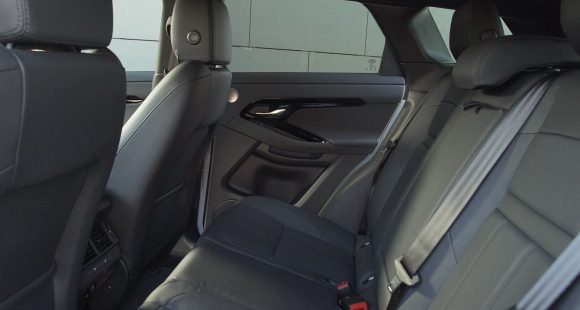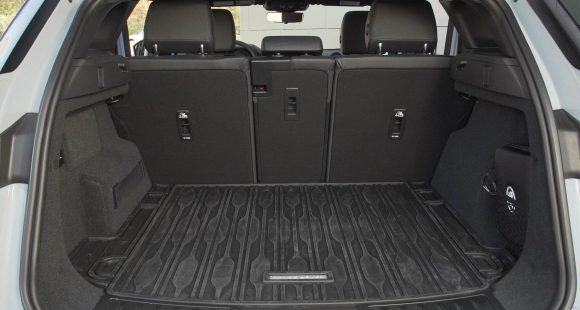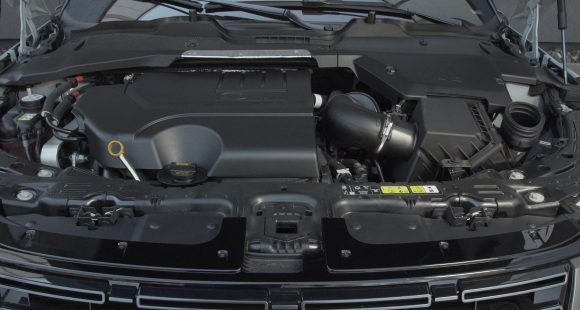2014 Audi Q5 TDI
The entire automotive industry is working feverishly on alternative fuel vehicles with electric and hydrogen powertrains. But, engineers are also working just as hard to improve the efficiency of traditional internal combustion engines. So, with ever higher mpg mandates ahead, clean diesels are becoming a lot more common, especially in utilities, like this Audi Q5 TDI. So, let’s see if this diesel ute is one Americans can love.
What is it about turbo diesels like this 2014 Audi Q5 TDI that we love so much? It’s certainly not the smell or more expensive cost of the diesel fuel. Perhaps it’s their simplicity as a higher mileage option, or that ability to fulfill our long range ambitions?
Or maybe it’s just that huge hit of torque you get when you stomp on the pedal. It’s a highly addictive response, and once you’ve sampled it, driving a gasoline powered equivalent is just not the same.
The Q5, Audi’s smallest crossover here for now, got a styling refresh just last year. But Audi saved the best updates for this year, a high performance SQ5 and our high miler TDI.
 The 3.0-liter turbocharged clean diesel V6 is the same 240-horsepower engine that we loved so much in the larger A8 sedan. But there’s even more to love in the Q5 as torque is up 22 lb-ft. to 428. Helping the high mileage cause is an 8-speed automatic transmission, and the combination is good for a towing capacity of 4,400-pounds.
The 3.0-liter turbocharged clean diesel V6 is the same 240-horsepower engine that we loved so much in the larger A8 sedan. But there’s even more to love in the Q5 as torque is up 22 lb-ft. to 428. Helping the high mileage cause is an 8-speed automatic transmission, and the combination is good for a towing capacity of 4,400-pounds.
All Q5s come equipped with the same quattro all-wheel-drive formula found in Audi sedans and SUV’s for years, rear bias and all; and is as much about handling performance as it is about all-weather capability. Though we put the latter to test through a few weeks of what has been a very cold and snowy winter here in the Mid-Atlantic. We had no issues finding traction even in deep snow; a testament to both the quattro’s abilities and the TDI’s low RPM nature.
All of that white stuff did keep us from taking the TDI to our test track, but Audi claims a 0-60 time of 6.5-seconds and our informal clocking concurs.
As for the recently updated design, the Q5 is truly a modern Audi, from the large Singleframe grille to the LED DRL’s that started the whole phenomenon. 19-inch wheels come standard on the TDI with 235/55 all-season tires.
Both commute time ride, and weekend getaway handling are quite good. But if you’re looking to get the most out of it in the performance department, make sure you have the crossbars removed from the roof rails; as when they are in place, the ESC adjusts parameters for a higher center of gravity. That’s pretty trick!
 Steering is electro-mechanical and felt very natural. Government Fuel Economy Ratings come in at 24-City, 31-Highway, and 27-Combined. We managed a quite good 29.4 miles per gallon. The Energy Impact Score is average for all vehicles at 14.1-barrels of oil used and 6.4 tons of CO2 emitted annually.
Steering is electro-mechanical and felt very natural. Government Fuel Economy Ratings come in at 24-City, 31-Highway, and 27-Combined. We managed a quite good 29.4 miles per gallon. The Energy Impact Score is average for all vehicles at 14.1-barrels of oil used and 6.4 tons of CO2 emitted annually.
You’ve heard our rave reviews before about recent Audi interiors, and the Q5 does nothing to dampen our fondness for the high quality materials, simplicity of design, and ease of use of its many high tech features; including the updated MMI Navigation Plus system.
Front seats are very supportive and comfortable, and there’s good room for 3 in the back seat. All passenger’s get plenty of light thanks to the standard panoramic sunroof. Cargo space is 29.1 cubic-ft. with rear seat backs in place, but expands to 57.3 cubic-ft. with them folded.
It’s not all good news, however; as a TDI Q5 will cost you $47,395. That’s almost 10-grand over a base Q5 which starts at $38,195. Our tester, with options, was over 50-grand.
Is the TDI worth all of that extra coin? Well truth be told, our SUV money would probably go elsewhere as there are a lot of mid and even full-size choices for that kind of money. Although, if you’re even contemplating stepping up to a turbo diesel, but are hesitant due to price; our advice is don’t even test drive one. Because, once you get a taste of all the torque that the 2014 Audi Q5 TDI has to offer, you might get addicted too.
Specifications
- Engine: 3.0-liter
- Horsepower: 240
- Torque: 428 lb-ft.
- 0-60 mph: 6.5 seconds
- EPA: 24 mpg city/ 31 mpg highway
- Energy Impact: 14.1 barrels of oil/yr
- CO2 Emissions: 6.4 tons/yr
2025 Land Rover Range Rover Evoque
Baby Rover Continues To Evolve
When most people hear “Range Rover” they tend to think of high class, high performance and high dollars. But, Range Rover does the entry-level thing quite well too with this Evoque. It has plenty of posh attitude, along with some recent updates. So, let’s see how the Evoque continues to evolved.
Our involvement with the Land Rover Range Rover Evoque’s evolution began when this small utility first arrived for 2012. It looked more Spice Girl than Tough Mudder, but it packed a surprising amount of capability into its subcompact dimensions. This second gen arrived for 2020, and has gained recent updates at the most likely midway point in its lifecycle.
Intrigued but not necessarily enthused could probably best describe our history with the Evoque, but Land Rover always has a way of drawing us in with very tasteful designs. They pretty much got this one right back in 2020, so styling revisions are largely limited to new Pixel LED headlights and a reshaped front fascia. There’s also new super-red signature lighting in back, all of it done to bring the Evoque more in line with the rest of the Range Rover family.
And like all of its siblings, all-wheel drive is standard and it does have Terrain Response 2 with specific off-road modes, but no one’s expecting to see a lot of Evoques out on the trail, unless there’s a new Lululemon Outlet at the other end of it having a killer sale.
Land Rover has once again taken the P300 296-horsepower version of the Evoque’s 2.0-liter turbo-four out of the lineup, leaving just the standard 249-horsepower version under the clamshell hood. No complaints from us, its 269 lb-ft of torque is more than adequate to move this 3,900 lb. ute around.
And at Mason Dixon Dragway, it moved us to 60 mph in 7.7 seconds. There was plenty of traction off the line, and while not overwhelming, power feels plentiful, staying very consistent down the track. Gearchanges in the Evoque’s nine-speed automatic transmission were quick and smooth, barely a blip in the process as we finished the quarter-mile in 16 seconds flat at 85 mph. Plenty quick for a compact utility with luxury intentions.
[It maneuvered] with a substantial presence that not too many small utilities have.
It felt quite good through our handling course too, with a substantial presence that not too many small utilities have. The Evoque uses selective braking to torque vector power between all four wheels, and it enabled us to cruise through the cones quickly without any excessive understeer or oversteer. There was some nosedive during our panic braking test, but the brakes were very responsive and strong enough to bring us to a halt in a short 115 feet from 60.
But, it’s the inside experience that really matters with any luxury vehicle, particularly in a Range Rover. And here things look more high-end Swedish than Tudor or Victorian, with a minimalist cabin design that’s way more visually appealing than practical. There’s real leather covering just about everything, and what appears to be just a tablet stuck in front of the dash is a new 11.4-inch touchscreen. Not only are the inner workings much faster than the previous infotainment setup, but the entire interface of this Pivi Pro system is vastly better than the split screen approach of before.
The center console that leads up to it appears much less cluttered and frees up some additional space for storage. The shifter is still here, but it has gotten much smaller. Front seat space and comfort remain high, though rear seat room is still very tight for adults. Cargo space is not bad for a small utility, with room for 21.6 cu-ft. of gear in the hold, which expands with 40/20/40 split-folding seatback flexibility to 50.5 cu-ft.
Government Fuel Economy Ratings are 20 City, 27 Highway, and 22 Combined. That’s an average Energy Impact Score, using 13.5 barrels of oil annually, with CO2 emissions of 6.6 tons.
Land Rover has been paring things down in the Evoque lineup for years, no longer offering a two-door version or the convertible, and now have simplified things even further to just the P250 available in only two trims: S, which stickers for $51,175, and Dynamic SE, which starts at $56,375; but you can add just about every package available and still come in right around $60,000.
Luxury-minded utility vehicles are coming at us from all angles these days, but the 2025 Land Rover Range Rover Evoque is a bit unique in that it remains as sort of a cheat code for sneaking you into the Range Rover VIP experience. You’ll feel like you’re getting away with something every time you drive it.
Specifications
As Tested
- Engine: 2.0-liter turbo-four
- Transmission: 9-speed automatic
- Horsepower: 249
- Torque: 269 lb-ft
- 0-60 mph: 7.7 seconds
- 1/4 Mile: 16 seconds at 85 mph
- Braking, 60-0 (avg): 115 feet
- EPA: 20 City | 27 Highway | 22 Combined







